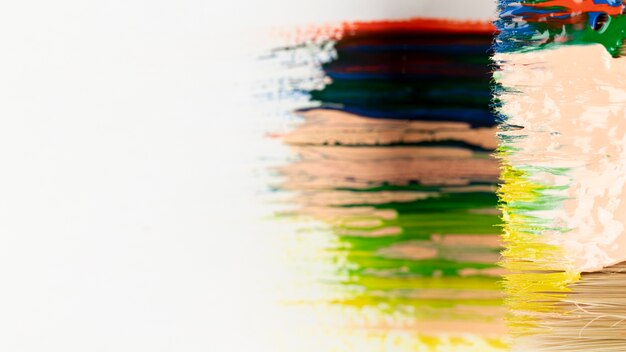
Sponsored article
In an age dominated by digital marketing, traditional printing techniques might seem like a relic of the past. However, they can add a distinct layer of authenticity and sensory appeal that digital methods often lack. By combining the tactile allure of print with the reach and versatility of digital campaigns, businesses can forge deeper connections with their audiences. This article delves into the ways in which these seemingly old-fashioned methods can actually enhance advertising strategies to create a lasting impact.
In recent years, there has been a notable resurgence of traditional printing techniques within modern advertising campaigns, a trend driven by the desire to stand out in an increasingly digital landscape. This resurgence is attributed to a growing appreciation for the tangible and tactile elements that traditional printing can offer, creating a unique and memorable experience for consumers. Unlike digital ads, print advertising can engage the senses through textures, finishes, and even scents, making promotional materials not just visually appealing but also emotionally resonant. This renewed interest in traditional printing is an exciting development in advertising trends, as brands recognize the power of print to convey authenticity and build a lasting connection with their audience.
Furthermore, the integration of traditional printing with digital strategies enhances overall campaign effectiveness by catering to diverse consumer preferences. While digital marketing excels in reaching broad audiences with precision and speed, print advertising provides a complementary touchpoint, solidifying brand identity and presence. The combination of both methods allows businesses to leverage the strengths of each, crafting multi-faceted campaigns that maximize exposure and engagement. By embracing the timeless appeal of traditional printing in advertising trends, companies position themselves to capture attention and foster brand loyalty in a competitive market.
In the evolving landscape of modern advertising, bridging the gap between digital marketing and print media offers an enriching avenue for crafting authentic, memorable campaigns. As marketers strive to leave a lasting impression amidst a sea of digital noise, print emerges as a tactile companion that enhances existing digital efforts. This integration harnesses the strengths of both mediums—harnessing the vast reach and dynamic interaction of digital marketing platforms alongside the tangible, lasting impact of print media. By doing so, businesses can create cohesive, multi-sensory experiences that appeal to a wider audience, thereby amplifying their brand message.
Integrated campaigns that effectively marry these two forms of media have shown remarkable success. For instance, a well-executed cross-media advertising strategy might feature QR codes on print materials, directing consumers to interactive digital content. Similarly, digital campaigns can promote exclusive print catalogs or limited edition prints, prompting engagement. These synergies not only maximize engagement but also effectively track consumer behavior, leading to more refined marketing strategies. Embracing both digital and print unlocks new potentials in storytelling, promising a holistic approach to advertising innovation.
In an age where digital screens dominate our daily interactions, the tactile experience offered by traditional print media stands out as a distinct advantage in advertising campaigns. While digital content can captivate with sound and motion, print appeals directly to our sense of touch, creating a sensory marketing opportunity that is both immersive and memorable. The texture of paper, the weight of a brochure, or the embossed details on a business card provide a tangible interaction that digital platforms cannot replicate. This physical connection becomes a powerful tool in capturing attention, as the feel of the material can convey quality, authenticity, and originality, enhancing consumer engagement.
The psychological impact of a tactile experience extends beyond the initial touch, fostering a deeper emotional response and leaving a lasting impression. When consumers hold a well-crafted piece of print advertising in their hands, it tells a story—one that is actively felt rather than passively consumed. By engaging multiple senses, traditional printing techniques not only enhance brand recognition but also fortify consumer loyalty. The unique sensory qualities of print can transform an ordinary advertisement into an interactive experience, elevating the brand’s message and ensuring it is remembered long after the initial encounter.